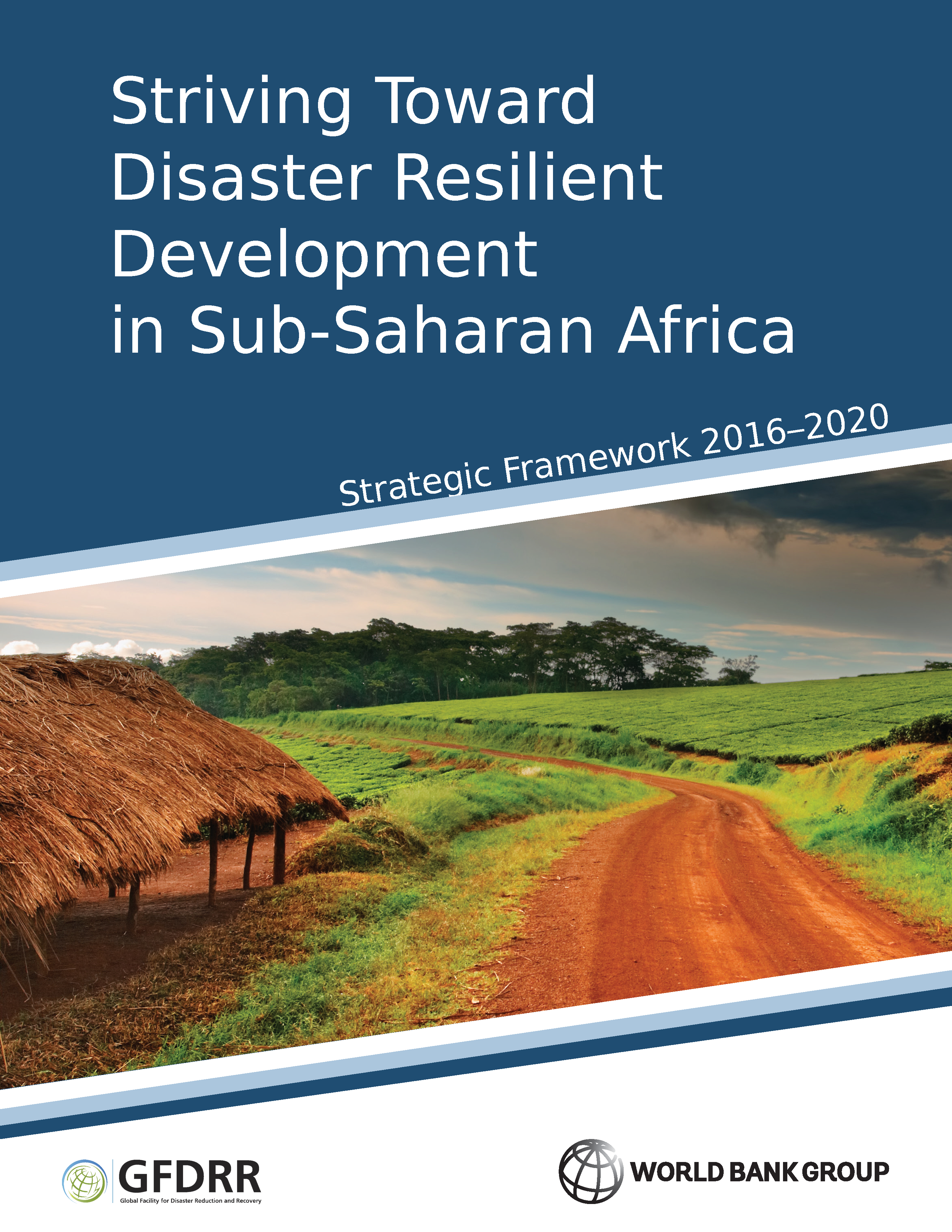Africa is at a turning point. It has made remarkable strides, with annual growth averaging around 4.5 percent over the last 20 years. Foreign direct investment has increased seven-fold, life expectancy by six years, and school enrollment has risen to 74 percent. Infant and maternal mortality rates have decreased by 26 and 22 percent respectively in the last decade. These development gains are threatened by climate and disaster risks that impact 10 million people on average every year in Africa since 1970. El Niño is currently affecting east and south Africa, where 11 million children are at risk of hunger, water stress and disease. Future trends predict that these risks could force 43 million Africans below the poverty line by 2030.
The region has taken many steps toward strengthening its resilience to disaster and climate risks. The World Bank has supported governments in disaster risk management (DRM). In 2015, the Sendai Framework for Disaster Risk Reduction, the Sustainable Development Goals and the Paris Agreement have stressed the role of DRM in building resilience. This is a good time to take stock of the World Bank’s efforts in this area, and set future directions for scaling up. This strategic framework presents the programmatic approach for supporting Africa towards climate and disaster-resilient development in 2016–2020.

